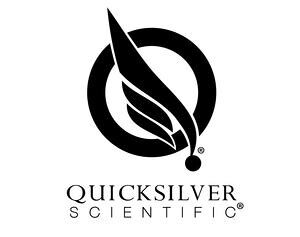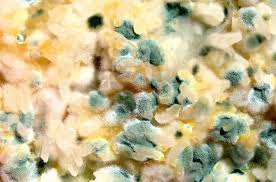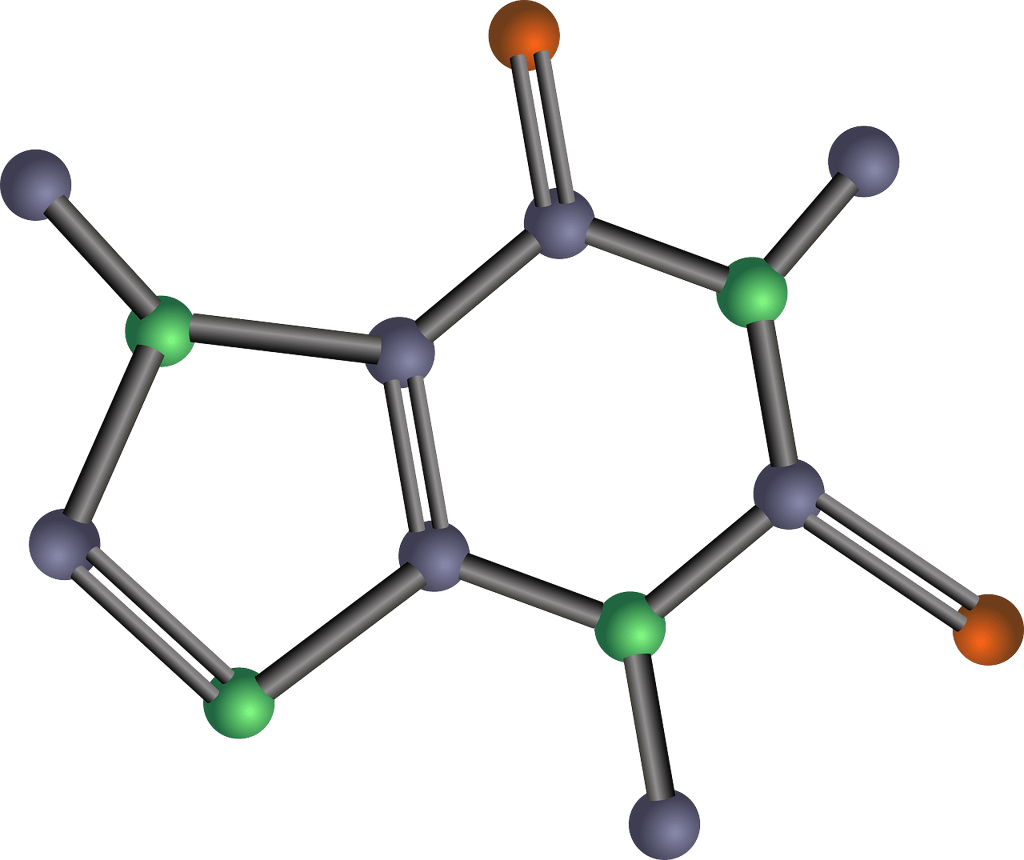What Can You Do to Avoid and Minimize the Effects of Mold and Mycotoxin Exposure?

Mycotoxins: In the first article of this series, we talked about common mycotoxins you are likely to encounter around your home. We discussed the six major mycotoxins; Aflatoxins, Ochratoxins, Citrinin, trichothecenes, gliotoxins and Ergot alkaloids, their sources and suggested remedies. Today’s post wraps up this mini-series and discusses various strategies you could use to diagnose/detect, eliminate and avoid mycotoxins and molds in your household. We will discuss mold illness as a sign of water damage and mold toxin exposure. We will also discuss why some members of the population are more susceptible to infection compared to others. It is, therefore, important to also have a look at clinical evaluation strategies to determine one’s susceptibility. So, let’s dive in.
Mold Illness, Mycotoxins and Other Health Effects of Exposure
Chronic Inflammatory Response Syndrome (CIRS), also known as biotoxins illness, is a group of symptoms associated with long-term exposure to toxins produced by microorganisms. Mold illness is one of these illnesses, and mainly arises from exposure to mycotoxins released by fungi in water-damaged buildings. About 25% of the population is genetically susceptible to develop an autoimmune response to exposure (Berndtson, 2013). This is due to increased action of the Human Leukocyte Antigen- antigen D Related (HLA-DR), which is responsible for disease susceptibility and resistance in hosts. Increased action of HLA-DR results in a higher susceptibility to new exposure and tissue/blood inflammation. Inflammation resulting from CIRS and mycotoxins is characterized by:
- Fatigue, joint pain, muscle cramps & unusual pain and headaches.
- Blurred vision, tears, increased sensitivity to light and red eyes.
- Cough, sinus problems, shortness of breath.
- Memory issues, focus issues, disorientation, and difficulty in obtaining new knowledge.
- Appetite swings, mood swings and skin sensitivity.
- Temperature regulation issues, sweats, excessive thirst, frequent urination.
- Static shock, tingling, vertigo, tremors, numbness and constant metallic taste.
To Read About Blog Topic, Scroll Down
Want To Work With Our Clinic?
Do you have a chronic or mystery illness that no one has been able to help you with? Are you simply wanting to re-connect with a healthier version of yourself? It’s Time To Finally Feel Better!
Diagnostic Tests for Mold Illness and Mycotoxins
If a member of your family exhibits these symptoms, it’s time to have them checked for mold illness. Now, we take a look at some of the available laboratory procedures for establishing mold exposure and susceptibility.
- HLA-DR Mold Genetic Testing- this is a blood test used to determine one’s genetic susceptibility to mold infection. It helps develop plans to eliminate the illness vicious cycle that develops after initial exposure in susceptible individuals (Vesper, ET AL, 2007). The individual is able to avoid chronic inflammation illness.
- Laboratory tests suggested by Dr. Shoemaker (com) that measure several biomarkers of exposure. These include:
- Visual Contrast Sensitivity (VCS) test- a neurological test, VCS determines your ability to see at decreasing levels of contrast. It works since biotoxins reduce blood flow throughout the optic nerve.
- Vasoactive Intestinal Peptide (VIP) test- the VIP hormone affects all major organs, including the brain, gut, and lungs. It results in low levels of melanocyte-stimulating hormones (MSH), responsible for appetite and sexual desire.
- Leptin- aids in fat storage, responsible for obesity in CIRS patients. Elevated levels of leptin in the blood suggest advanced inflammation.
- Anti-Diuretic Hormone (ADH/Vasopressin) – hormone responsible for water retention and vasoconstriction.
Other biomarkers include: Osmolality (serum), ACTH & Cortisol AM, Testosterone, DHEA-S, Estradiol MMP9, TGF-B1 and Anti-gliadin antibodies.
- NueroQuant- this technique uses a computer and MRI to assess fifteen regions of the brain. Inflammation arising from CIRS causes a significant fingerprint of changes in the structure and volume of white and gray matter.
Steps To Eliminate Mold in Your Building
If these tests determine that, indeed, one family member suffers exposure to molds, the appropriate course of action is to seek medical for them while also ensuring the residence is rid of molds. The first step would be to determine the source of exposure. An Environmental Relative Mold Index (ERMI) is a test developed by the Environmental Protection Agency to evaluate the risk of mold growing at home and its associated effects. The test analyzes a sample of dust from the home. The results present an assessment of the home’s health conditions associated with the presence of mold. An ERMI is just one of the many ways to determine the extent of mycotoxin exposure within the residence (Brandt, et al, 2006). If your home tests positive for mycotoxins, there are several steps to getting rid of them. These include:
- Remove the source of moisture- Dry out the house and discard water-damaged items such as carpets, furniture, and upholstery.
- Clean and disinfect materials. Hard surfaces can be washed using warm water mixed with a non-ammonia detergent. Porous materials could be disinfected using pine-oil/phenolic cleaners. EPA-approved anti-fungal agents are used to effectively clean mold off surfaces and fabric.
- Checking and repair of faults that could precipitate water damage, including; flat roofs, fake stucco cladding with improper caulking, flat roofs and faulty design of crawl space/basements.
- Get a trained professional to clean the HVAC system.
- Dry-brushing to remove the mold of solid wood surfaces. Dry-ice blasting removes mold from wood and cement.
- Wet vacuuming and damp wiping of wet surfaces.
- Vacuuming the debris in readiness for disposal using the High-Efficiency Particulate Air (HEPA) vacuum.
Strategies to Avoid Mycotoxin Exposure in Your Home
If your home is not water damaged, you are still urged to exercise measures that exercise control and prevention of mold within the residence. These include:
- Repair and maintenance of roof gutters to prevent leakage of water into the home.
- Check all faucets and water outlets for signs of leakage and get these repaired immediately to avoid growth of molds due to water damage.
- Use a quality air purifier especially in households with mold-sensitive individuals. We recommend the HealthPro Plus from IQAir (use code IQ50470 to get 5% off through IQAir’s website)
- Get a propolis vaporizer to reduce microbes in your indoor environment.
- Frequent checking of crawl spaces and drainage systems to ensure mold colonies are subdued on time (Jouany, 2007).
- Checking indoor moisture content.
- Treating exposed wood (especially that used in crawl spaces) using fungicidal coating approved by the EPA.
Treatment Strategies for Those with Mold Illness and Elevated Mycotoxins
Having discussed strategies to eliminate and minimize mold exposure arising from water damage, we’ll outline various treatment options available for those wishing to recover from exposure to toxic molds. Natural remedies to exposure include glutathione from consuming whey protein, Omega-3 fats, and extracts from artichoke leaves, vitamin D and air purification (Hope & Hope, 2011). The most common drug option is Cholestyramine or Welchol, both of which are prescription drugs that bind to mycotoxins. Low-dose Naltrexone (LDN) is also effective in treating immune disorders arising from inflammation. Activated charcoal, chitosan, chlorella, clay, and others can also be used alongside or instead of Cholestyramine to bind to the mycotoxins. This is a complex process and best under the guidance of a skilled functional medicine doctor who is experienced treating mold issues.
I hope this mini-series will be helpful in identifying various mycotoxins in your environment, their effects, sources, remedies and strategies to reduce exposure. This knowledge could help give better quality of life for you and your family members.
Want help with your health? Book a free health evaluation call to see if you are a good fit for our clinic by clicking the button on the left below. If you are a clinician interested in advancing your training, please check out our online worldwide functional medicine training institute by clicking the button on the right below.
Book My Free Phone Health Evaluation Functional Medicine Certification for Clinicians
References
- Berndtson, K. (2013). CHRONIC INFLAMMATORY RESPONSE SYNDROME.
- Vesper, S. J., Mckinstry, C., Haugland, R. A., Iossifova, Y., Lemasters, G., Levin, L., & Reponen, T. (2007). Relative moldiness index as predictor of childhood respiratory illness. Journal of Exposure Science and Environmental Epidemiology, 17(1), 88-94.
- Brandt, M., Brown, C., Burkhart, J., Burton, N., Cox-Ganser, J., Damon, S., & Morgan, J. (2006). Mold prevention strategies and possible health effects in the aftermath of hurricanes and major floods. Morbidity and Mortality Weekly Report, 55, 1-27.
- Jouany, J. P. (2007). Methods for preventing, decontaminating and minimizing the toxicity of mycotoxins in feeds. Animal Feed Science and Technology, 137(3), 342-362.
- Hope, J. H., & Hope, B. E. (2011). A review of the diagnosis and treatment of Ochratoxin A inhalational exposure associated with human illness and kidney disease including focal segmental glomerulosclerosis. Journal of environmental and public health, 2012.
Are You Suffering From A Chronic Illness?
Does your current health situation look like this…
- Do you feel that you have tried many things and either nothing works, or the treatment does not hold?
- Have you been told that there is nothing that can be done to reverse your illness and you just need to manage symptoms?
- Does your illness impact your work, your family, your happiness and your social life?
We specialize in finding answers and solutions for complicated chronic illness when people feel like they have tried everything. If this sounds like you, book a free call with us to see if we are the right fit for your health goals.
Dr. Miles has spoken for the following organizations:


















Responses